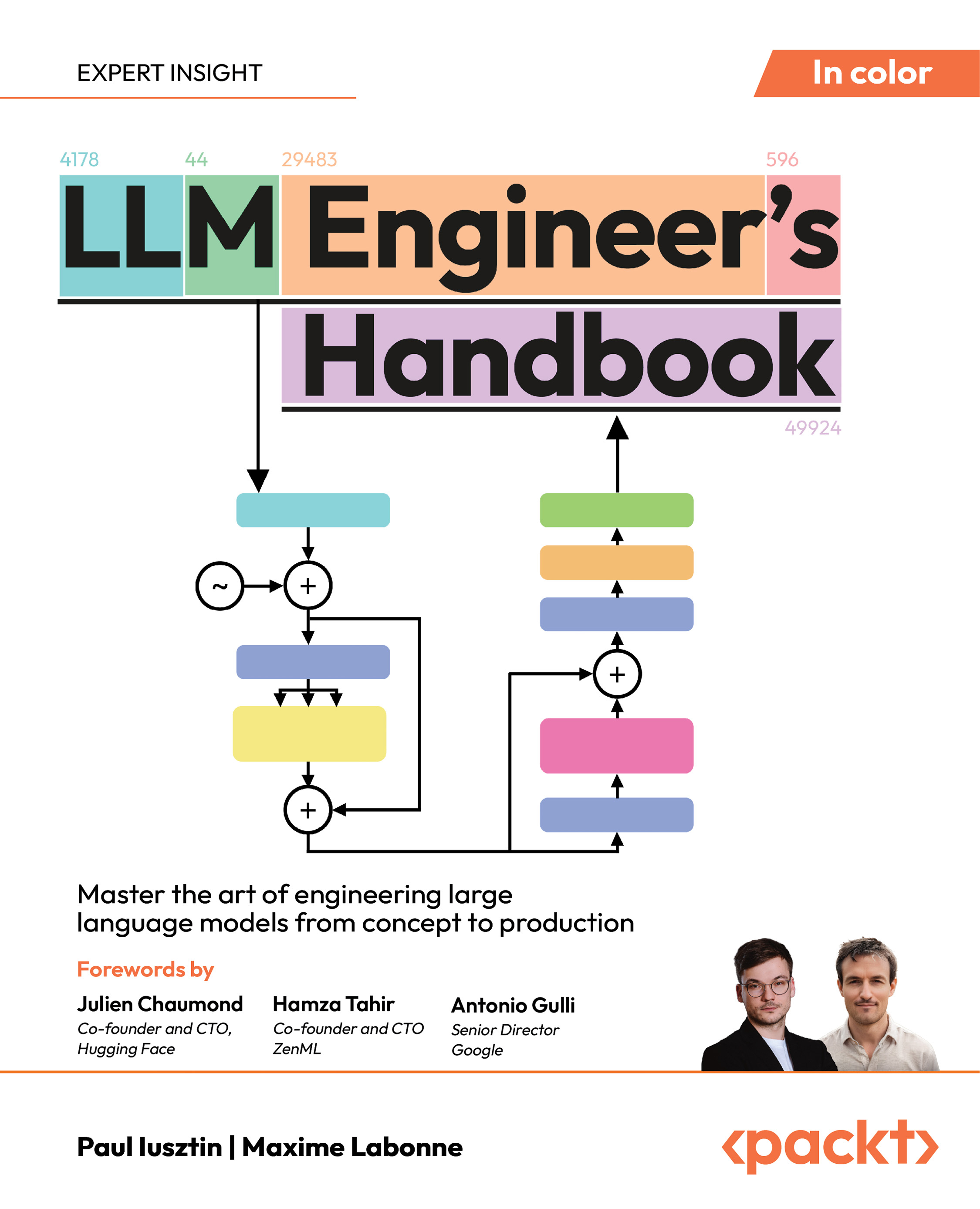Manual memory management still has its place in C++, especially in domains where performance, latency, or control over allocation patterns is critical. But as Roy emphasizes, developers should measure before reaching for low-level strategies:
“The first thing you should do is measure. Make sure the allocator or memory pool you already have doesn’t already do the job. If you're spending time on something, it has to pay off.”
He cites high-frequency trading as an example where even small delays can be unacceptable:
“Say you’re working in the finance domain, and you have nanosecond-level constraints because you need to buy and sell very fast—then yes, sometimes you’ll want more control over what’s going on.”
In such cases, allocation must be avoided during critical execution windows. One option is to pre-allocate memory buffers on the stack.
Modern C++ offers fine-grained control through allocator models. Roy contrasts the traditional type-based model with the polymorphic memory resources (PMR) model introduced in C++17:
“Since C++17, we’ve had the PMR (Polymorphic Memory Resource) model... a PMR vector has a member—a pointer to its allocator—instead of having it baked into the type.”
While PMR introduces a layer of indirection via virtual function calls, Roy notes that the overhead is usually negligible:
“Allocation is a costly operation anyway. So the indirection of a virtual function call isn’t much of a cost—it’s already there in the background.”
But when even that cost is too high, the traditional model may be more appropriate:
“If you're in a domain where nanoseconds matter, even that indirection might be too much. In that case, the traditional model... may be a better choice, even if you have to write more code.”
Roy’s guidance is clear: measure first, optimize only when necessary, and understand the trade-offs each model presents.
 United States
United States
 Great Britain
Great Britain
 India
India
 Germany
Germany
 France
France
 Canada
Canada
 Russia
Russia
 Spain
Spain
 Brazil
Brazil
 Australia
Australia
 South Africa
South Africa
 Thailand
Thailand
 Ukraine
Ukraine
 Switzerland
Switzerland
 Slovakia
Slovakia
 Luxembourg
Luxembourg
 Hungary
Hungary
 Romania
Romania
 Denmark
Denmark
 Ireland
Ireland
 Estonia
Estonia
 Belgium
Belgium
 Italy
Italy
 Finland
Finland
 Cyprus
Cyprus
 Lithuania
Lithuania
 Latvia
Latvia
 Malta
Malta
 Netherlands
Netherlands
 Portugal
Portugal
 Slovenia
Slovenia
 Sweden
Sweden
 Argentina
Argentina
 Colombia
Colombia
 Ecuador
Ecuador
 Indonesia
Indonesia
 Mexico
Mexico
 New Zealand
New Zealand
 Norway
Norway
 South Korea
South Korea
 Taiwan
Taiwan
 Turkey
Turkey
 Czechia
Czechia
 Austria
Austria
 Greece
Greece
 Isle of Man
Isle of Man
 Bulgaria
Bulgaria
 Japan
Japan
 Philippines
Philippines
 Poland
Poland
 Singapore
Singapore
 Egypt
Egypt
 Chile
Chile
 Malaysia
Malaysia
















